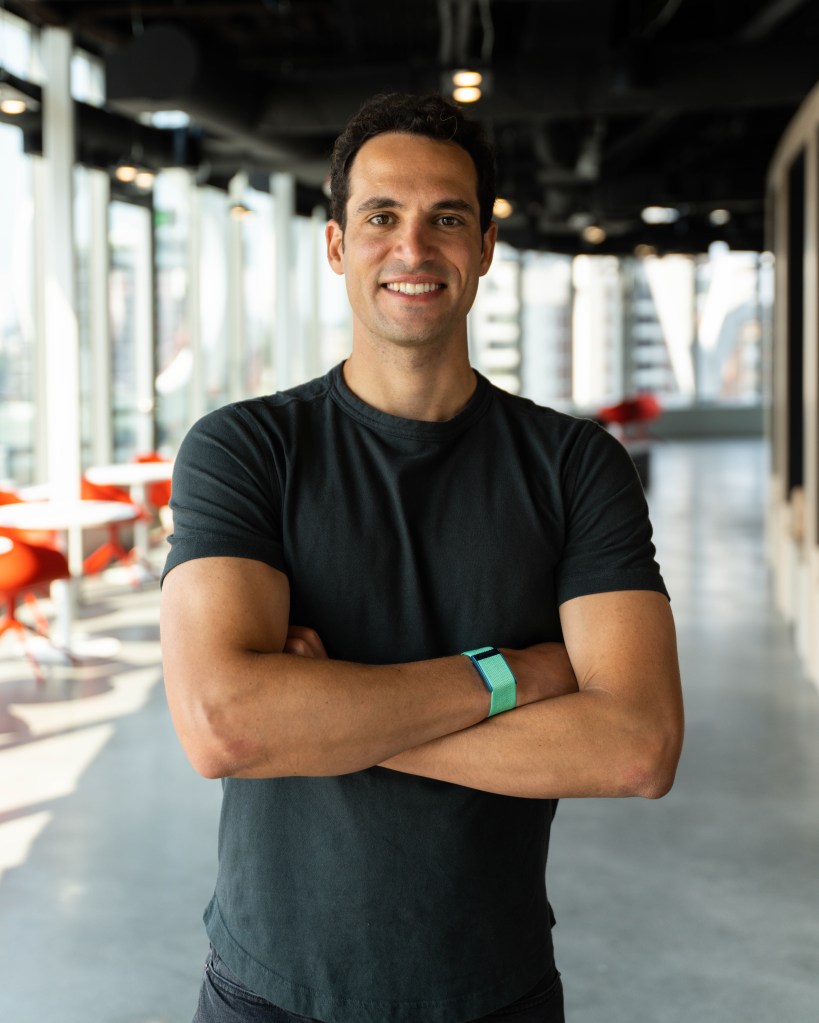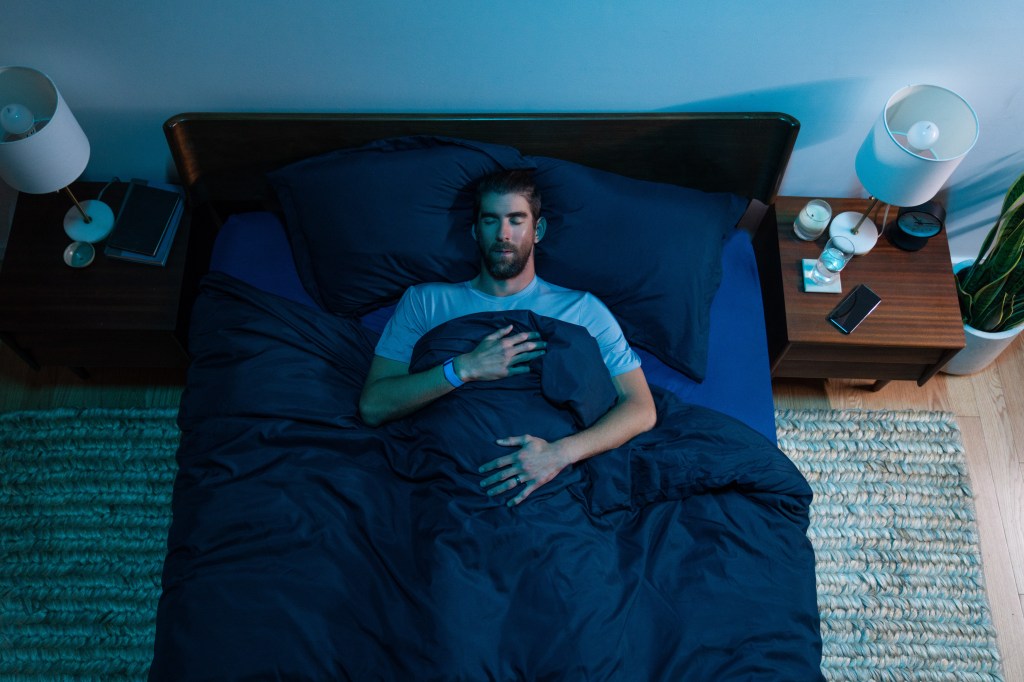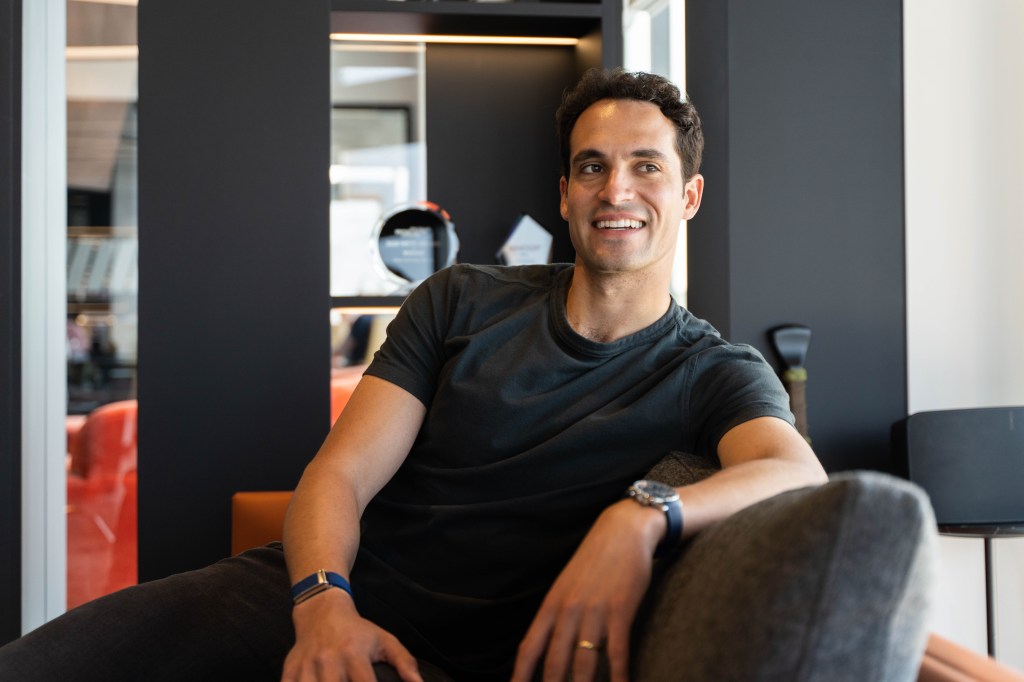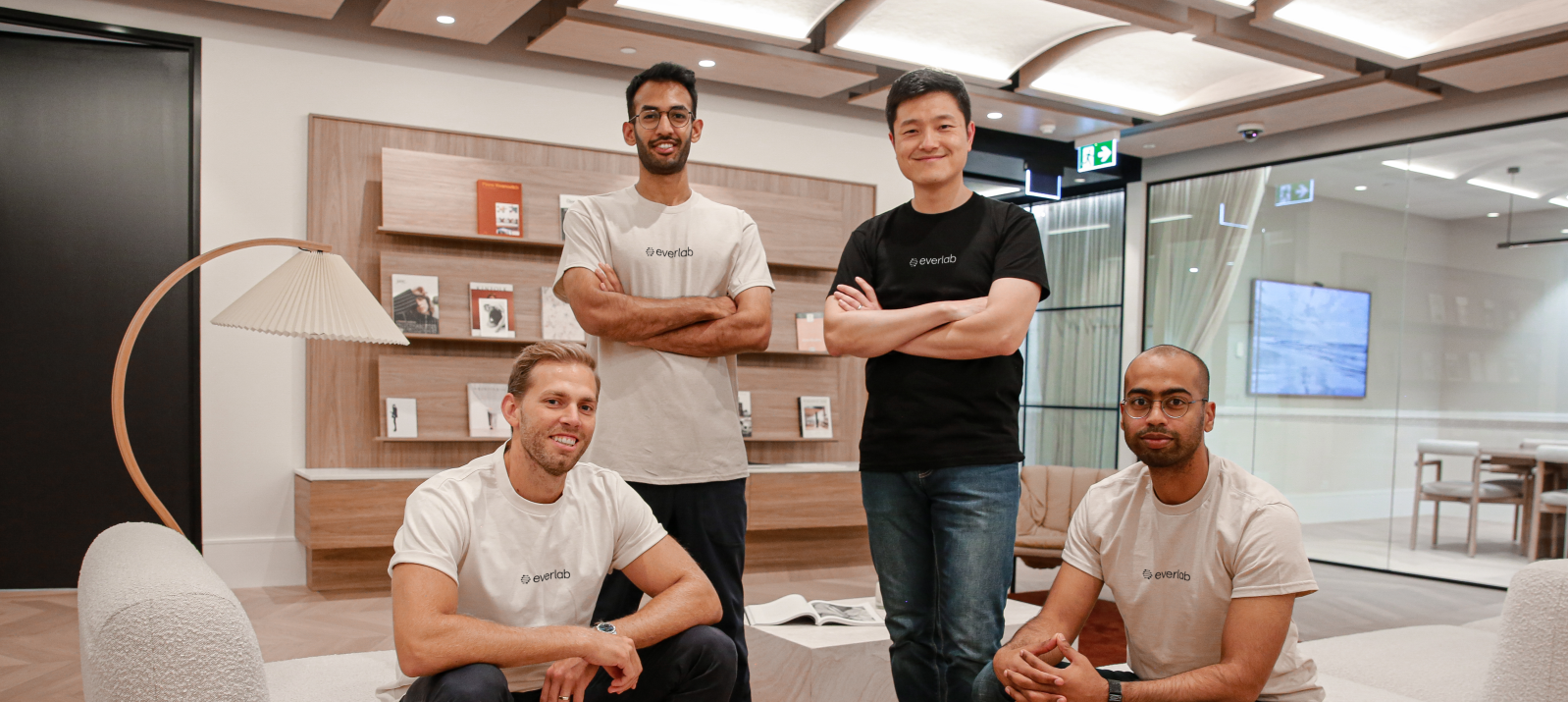From ECGs and blood pressure to pregnancy predictions, Whoop’s latest upgrades aim to make the device a centralised health hub — and maybe your most personal doctor yet.

Whoop founder Will Ahmed, 35, never wants to turn 30 again.
He started Whoop as an athlete-focused device company in 2012. But as he’s aged, so too has the company’s focus on wellness and longevity, releasing a suite of new features earlier this year with the release of the Whoop 5.0.
“We started working with the Buck Institute of Longevity,” Ahmed tells Forbes Australia. “Dr. Eric Verdin there is an expert on longevity. We asked him a pretty simple question: What would you wanna measure in the body to be able to predict all-cause mortality?”
The result was released earlier this year with the Whoop 5.0, offering what they’re calling your Whoop Age. [Ahmed’s Whoop Age was 5.7 years lower than his chronological age, making him 29.8, and hence his quip about never turning 30 again.]
As part of that upgrade, Whoop’s new electrocardiogram [ECG] feature received approval from the Therapeutic Goods Administration in late July, unlocking the potential for Australians to see if their heart is beating irregularly.
Whoop 5.0 can also do blood pressure readings.
In terms of calculating a “Whoop age”, Dr Verdin came up with nine measurable things that had the biggest impact on lifespan. “That includes hours of sleep, sleep consistency, metrics related to exercise time and heart rate zones, your strength training time, steps and overall movement,” says Ahmed. “It also includes some important physiological baselines, like your resting heart rate, your VO2 max [how much oxygen your body can use], and your lean body mass.
“We put all of those into a feature that essentially shows if they’re adding or subtracting from your chronological age.”
Whoop was founded with a mission to unlock human performance, says Ahmed, with eyes tired from staying up late with a newborn baby.
“We were focused on athletic performance. I got into the space because I was playing squash at Harvard.
“I was captain of the team. I used to over-train. You get fitter and fitter, then, all of a sudden, you fall off a cliff and you don’t know why.
“So I got very interested in physiology. I read a lot of medical papers about what you could measure on the human body, and I realized that there were a lot of metrics that really could explain what was happening to your body, whether it was getting fitter, whether you were run down, but the technology to do those measurements was pretty antiquated, cumbersome, and expensive.”
He founded Whoop in 2012 at age 22 in his Harvard dorm. They’d barely launched when he was able to convince some of the world’s best athletes, like basketballer LeBron James and swimmer Michael Phelps to wear one.

“We were promising that we could very accurately measure sleep and recovery. No one else could do that. Athletes gets paid millions of dollars based on how they sleep and recover. So that resonated.
“We were able to go to their trainers excited about it. And they put it on the athletes.”
Fitness enthusiasts soon followed in the wake of their heroes. “But in the last five years, we’ve seen an explosion of interest from everyday folks who are aspirational and who want to understand their health. We’ve seen this focus on longevity really grow.”
As soon as they launched the Whoop 4.0 in 2021, they set to work shifting into the longevity space, he says. Apple and Withings though already had the jump on them with ECG and blood pressure products.
The company raised US$200 million from venture capital fund SoftBank in August 2021, at a valuation of US$3.6 billion.
There’s a huge interest around the world in trying to come up with the next wearable breakthroughs, including extraordinary work being done by Brisbane company WearOptimo, founded by Professor Mark Kendall, the scientist behind vaccine patch startup Vaxxas. So while wearables today use light to measure the body, he’s using microscopic needles to unlock an array of new potential metrics.

Ahmed is coy about what he wants to measure next. But when Forbes Australia, suggests glucose, insulin and ketones might be good targets, he says, “That’s a good guess.”
What about mitochondrial health? Or the length of telomeres [a protective cap on DNA strands that shorten as we age and predict longevity]?
“Whoop doesn’t measure those things today, but I can tell you that there’s a lot of research going into more non-invasive ways to measure the human body.
“Ten years ago, it seemed like measuring heart rate accurately from the wrist was hard. The idea that you could do blood pressure without a cuff from the wrist seemed impossible, yet we do that today.
“I’m encouraged by what we’ll be able to do in three years, five years, ten years. I think it’ll be pretty astonishing.”
He says that of Whoop’s 700 staff, about half are engineering product, and of those, about 50 are in the biomedical space, working on those new measurements.
A new Whoop product, Advanced Labs is expected to launch later this year in the US and expand to other regions over time, according to Forbes. It will allow users to integrate blood test results directly into the Whoop app.
“We’re going to be able to do blood tests and over 60 biomarkers for our members. A problem that a lot of people have with their overall health experience, is they have these different data points all living in different places.
“Maybe they wear a wearable, they go see a doctor, there’s med records there. They do a blood test, the blood test is there, maybe at some point they got an MRI or an ultrasound. These things are all in disparate places.
“Whether it’s a telehealth appointment where your doctor can see all of your live readings from a Whoop, or whether it’s communications directly with an AI, we want to build that experience.”
“One goal we have for Whoop is to be a health operating system that pulls in a lot of these different data points. And in some cases, we want to deliver the data ourselves, like through a wearable that we build. Or now we want to be able to do the blood tests, we want to have that level of concierge experience to provide that data in the app.
“In other places, like, we have a partnership with [smart scale manufacturer] Withings where we import weight data from their scales. We’ll always be looking at different ways that we can bring more data into the app to essentially be the centralised coach of your health.”
Whoop data has been crucial in multiple scientific studies and Ahmed says it’s one of the most exciting aspects of his job. He gives the example of a cardiologist who did a three-year study of 16 pregnant women and their heart rate variability, a measure of how consistent the timing between beats is.
“He showed that heart rate variability declined for the first 33 weeks, but then at the 33rd week, it had this sharp inflection. The idea was that heart rate variability might predict when labour would begin.”
Whoop asked its members if any pregnant women wanted to join a study on it. “Within six days we had 2,000 women subscribe. So compare that – three years, 16 women to our six days 2,000 women. In our data set, 10% of the 2,000 women delivered early, whereas in the first data set they were all normal pregnancies.”
The larger data set was able to show that women’s heart rate variability had the big change, not uniformly at the 33rd week, but seven weeks before the birth.
“Now all of a sudden we’re working on a feature in the Whoop app that educates pregnant women on how their heart rate variability might be indicating when they’re going to deliver.”
Ahmed predicts that there’ll come a time when doctors routinely draw on Whoop data. There’s something of a race to become such a centralised portal, like Melbourne founded Everlab.
“AI will increasingly play a role of being this continuation of your doctor’s office,” says Ahmed. “We’re seeing this today where if you’ve got maybe a bruise or a rash on your skin, you’ll take a picture of it, you might ask an AI platform, hey, what does this look like?
“Our role in that is trying to democratise data … And whether it’s a telehealth appointment where your doctor can see all of your live readings from a Whoop, or whether it’s communications directly with an AI, we want to build that experience.”


